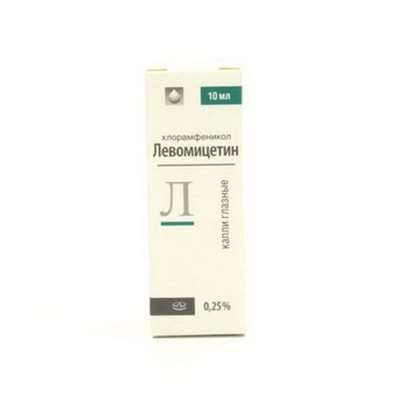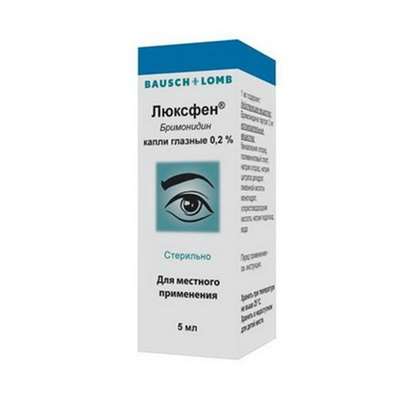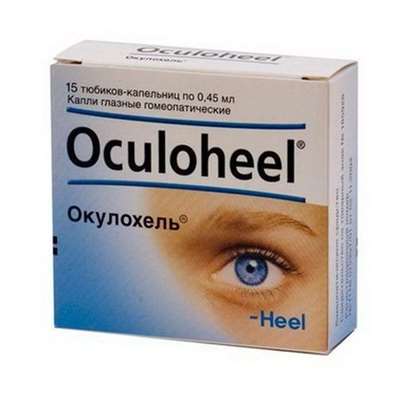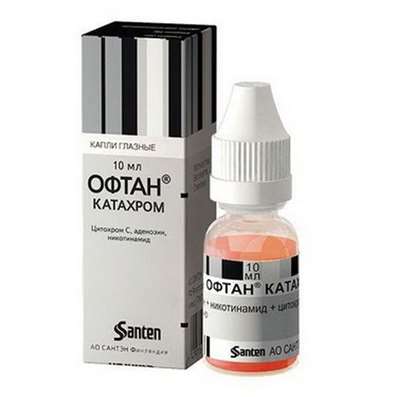Instruction for use: Hydrocortison-POS
I want this, give me price
ATX Code S01BA02 Hydrocortisone
Active substance: Hydrocortisone
Pharmacological group
Glucocorticosteroid for topical use [Glucocorticosteroids]
Glucocorticosteroid for topical use [Ophthalmic products]
Nosological classification (ICD-10)
H01.0 Blepharitis
Blepharitis, Inflammation of the eyelids, Inflammatory diseases of the eyelids, Demodectic blepharitis, Superficial bacterial infection of the eyes, Superficial infection of the eye, Scaly blepharitis
H10.1 Acute atopic conjunctivitis
Allergic conjunctivitis, Allergic eye disease, Allergic conjunctivitis, Allergic conjunctivitis is caused by chemical and physical factors, Allergic rhinoconjunctivitis,Allergic inflammation of the eye, Spring catarrh, Spring keratitis, Spring conjunctivitis, allergic Conjunctivitis, Perennial allergic conjunctivitis,Exacerbation of pollen allergy in the form of Syndrome rinokonyunktivalnogo, Acute allergic keratoconjunctivitis, Acute allergic conjunctivitis,Superficial bacterial eye infections,rhinoconjunctivitis, Seasonal allergic conjunctivitis, Seasonal conjunctivitis, Sennoz, Chronic allergic keratoconjunctivitis, Chronic allergic conjunctivitis
H10.5 blepharoconjunctivitis
Chronic blepharoconjunctivitis, blepharoconjunctivitis, stafillokokk blepharoconjunctivitis
H16 Keratitis
Adenoviral keratitis, Bacterial keratitis, Spring keratitis, Deep keratitis without epithelial damage, Discoid keratitis, Dendritic keratitis, Keratitis rosacea, Keratitis with destruction of the cornea, Superficial keratitis, Point keratitis, Traumatic keratitis, Superficial point keratitis
H20 Iridocyclitis
recurrent iritis, sympathetic iridocyclitis, Sluggish posterior uveitis, Sluggish posterior uveitis, Posterior uveitis, the posterior segment of the eye Iridocyclitis, Iridocyclitis and other uveitis, Irit, Keratoiridotsiklit, Acute iritis, uveitis, cycle of Acute iridocyclitis, Acute non-infectious uveitis
H20.0 Acute and subacute iridocyclitis
H20.1 Chronic iridocyclitis
Chronic iritis
T26 Thermal and chemical burns, limited to the area of the eye and its adnexa
Condition after thermal conjunctival burns, Condition after thermal burns of the cornea, Aseptic eye burn, Eye Burn, Thermal eye burns, Thermal damage to the cornea, Corneal burn, Irradiated eye burn, Chemical eye burn, Chemical burn of the cornea, Chemical damage of the cornea, Thermal burns of the conjunctiva, Thermal burns of the cornea, Thermal eye burn, Condition after surgical burns of conjunctiva, Condition after surgical burns of the cornea
T88 Other complications of surgical and therapeutic interventions, not elsewhere classified
Z98.8 Other specified poslehirurgicheskie state
Suppurative complications in the postoperative period, Suppurative complications of surgery, Postoperative liver dysfunction, Postoperative vomiting, Postoperative complications, The postoperative period, The early postoperative period
Composition
Ointment eye 1 g
active substance:
Hydrocortisone acetate 10 mg\ 25 mg
Auxiliary substances: white petrolatum; Paraffin liquid; lanolin
Description of dosage form
Ointment: white with a yellowish hue, homogeneous, suspension.
pharmachologic effect
Pharmacological action - anti-inflammatory, antiallergic, glucocorticoid.
Pharmacodynamics
The preparation contains as active substance hydrocortisone acetate (GCS).
With topical application of hydrocortisone, acetate suppresses inflammatory and allergic reactions that occur in the area of the outer membranes and anterior segment of the eye.
The action of hydrocortisone acetate, like other GCS, is based on suppression of the function of leukocytes and tissue macrophages. Limits the migration of leukocytes, macrophages and mast cells to the area of inflammation. Violates the ability of macrophages to phagocytosis, as well as to the formation of IL-1. Promotes the stabilization of lysosomal membranes, thereby reducing the concentration of proteolytic enzymes in the area of inflammation. Reduces the permeability of capillaries due to the release of histamine. Suppresses the activity of fibroblasts and the formation of collagen. Inhibits the activity of phospholipase A2, which leads to suppression of the synthesis of PG and LT.
Pharmacokinetics
Possible penetration of hydrocortisone acetate through the cornea into the moisture of the anterior chamber of the eye due to lipophilic properties. The penetration of hydrocortisone acetate in the tissue depends on the condition of the cornea and is significantly increased in the case of inflammation or damage to the mucosa.
Indications
Allergic conjunctivitis, blepharitis, blepharoconjunctivitis;
Acute and chronic iritis, iridocyclitis;
Inflammatory phenomena after surgery on the eyeball;
Suppression of neovascularization after the transferred keratitis, chemical burns.
Contraindications
Hypersensitivity to any component of the drug;
Superficial herpes of the cornea and other viral diseases of the eyes;
Damage to the integrity of the epithelium and damage to the cornea;
Tuberculosis, bacterial or fungal infections of the eyes;
trachoma;
Vaccination period.
pregnancy and lactation
To date, clinical trials regarding the use of Hydrocortisone-PICŪ during pregnancy, lactation, and also in children are not available. It is possible to use this drug to treat children over 1 year old, pregnant women and nursing mothers as prescribed by the doctor if the expected curative effect exceeds the risk of possible side effects. The duration of the drug in this category of patients is no more than 7-10 days.
Side effects
If a side effect has developed in the treatment with Hydrocortisone-PICŪ, not indicated in this manual or if there is no confidence in the effectiveness of the drug, it is necessary to inform the attending physician.
In very rare cases, allergic reactions are possible, such as burning, injecting sclera, contact dermatitis, dermatoconjunctivitis, eczema of the eyelids.
Prolonged use of the drug may cause secondary glaucoma and complicated cataracts, therefore, when using the drug for more than 2 weeks, as well as in patients who have a history of glaucoma, it is recommended to regularly monitor intraocular pressure.
In case of side effects, stop using the drug and contact your doctor (ophthalmologist) as soon as possible.
Interaction
The simultaneous use of Hydrocortisone-PICŪ and other agents that can cause increased intraocular pressure (eg atropine and other cholinergic drugs) may further increase intraocular pressure, especially in patients who are predisposed to it.
Dosing and Administration
In the conjunctival sac. In the absence of other recommendations, the instruction for the use of Hydrocortisone-PICŪ should be followed.
A strip of ointment 1 cm long is placed 2-3 times a day for the lower eyelid.
To do this, open the tube, slightly tilt the head back and lay a strip of ointment 1 cm long behind the lower eyelid. Close your eyes carefully.
After use, close the tube tightly.
During application of ophthalmic ointment, contact with the skin surface or conjunctiva should be avoided.
With the simultaneous use of several eye medicines, it is recommended to lay the hydrocortisone-POSŪ ointment no earlier than 15 minutes after the use of eye drops.
The duration of treatment with ophthalmic hydrocortisone-PICŪ usually does not exceed 2, maximum 3 weeks.
Overdose
When topical application in the recommended dose, symptoms of an overdose were not noted.
special instructions
It is not recommended to use contact lenses during treatment with Hydrocortisone-PICŪ.
Influence on the ability to drive vehicles and work with machinery. Immediately after using the drug Hydrocortisone-PICŪ, a short-term disturbance of visual acuity may occur, leading to a slowing of mental and physical reactions. Therefore, it is not recommended to apply the drug directly before working with mechanisms and driving vehicles.
Form of issue
Eye ointment, 1%, 2.5%. In tubes of aluminum with a PE tip and a screw cap of 2.5 g. Tuba in a cardboard bundle.
storage Conditions
At a temperature not exceeding 25 ° C.
Keep out of the reach of children.
Shelf life
3 years.
Do not use after the expiry date printed on the package.

 Cart
Cart





